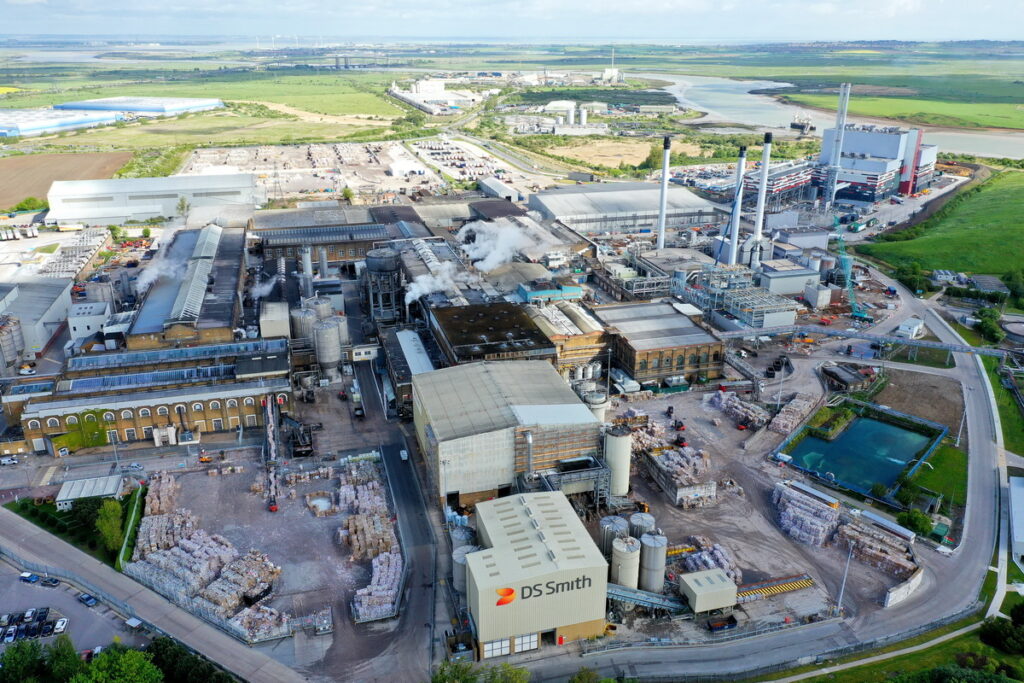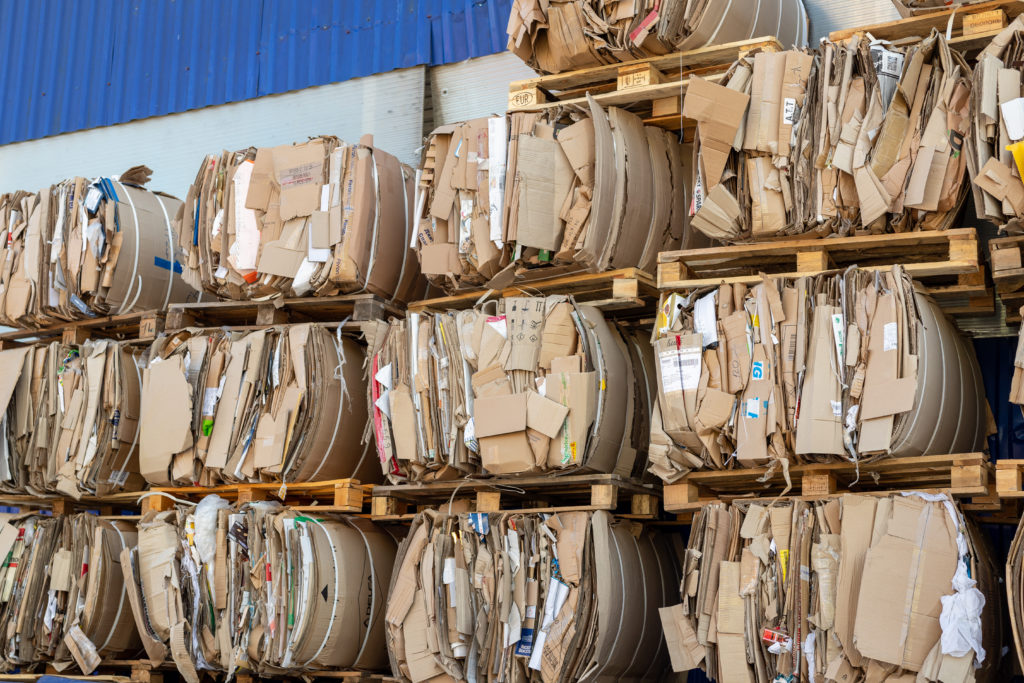The ban is likely to be implemented by UK mills to ensure that the paper they use is not contaminated by food from the household. This is because of fears that with increasing concerns over food safety and more and more legislation, recycled board and paper manufactured using the collected paper might have to be kept away from any food contact.
However, it is expected that any ban would be phased in over the next few years and material supplied by existing materials recycling facilities will still be taken in by the mills. Contracts with new MRFs are likely to have tougher quality specifications for paper. The industry is also expected to say soon that it prefers paper being collected on its own – already UK newsprint mills are keen to only taken in newspapers which have been collected separately to other recyclables.
Standard EN643
The restrictions on recycled paper stem from a European standard for grading recovered paper. The European Committee for Standardisation has produced a new Standard for grading recovered paper (EN 643), which replaces the existing standard of the same name. The standard secures the quality of the recovered paper supply to the paper mills and improves the traceability of the paper industry's raw materials. Most importantly, the standards outline what type of paper can be used to make food packaging. And by imposing standards, contamination should be reduced which will mean that less paper is rejected which should make it easier for Europe to meet its 2005 paper recycling target of 56% by 2005 recycling target without added legislation.
Influence
Bernard Lombard, recycling and economics manager for the Brussels-based Confederation of Recovered Paper and Board (CEPI), said: “This standard will have more influence than its predecessor.”
Paper recyclers have told letsrecycle.com of the problems they are facing as a result of the poorer quality paper they are receiving as a result of mixed collection methods. One expert said that with source segregation the rejection rate is between 3 and 5% and this rises to between 20 and 30% with co-mingled.
The use of the standards is voluntary as standards have no legal status, but it is thought that they will be negotiated into contracts. The standards only outline different classifications of paper and do not say anything about contamination, but they will enable the customer to see which materials have been used in the product they are buying. And it could mean that paper merchants won't take material from dirty MRFs or other sorting facilities if the end product will be used for food packaging. Although for some mills, who do not recycle paper into food packaging, the standards will not make any difference.
Dirty MRFs
Ray Watson, director of the British Recovered Paper Association (BRPA), said: “The European paper industry has endorsed the proposal by the EC for a European standard for grading recovered paper which means that the paper in these grades will not be considered as waste. Our main concern is dirty MRFs, recovered paper from refuse sorting stations is not suitable for use in the paper industry. The paper industry is now looking to implement the standards and make everyone is ready for the standards when they come in.”
Continued on page 2










Subscribe for free